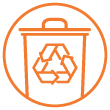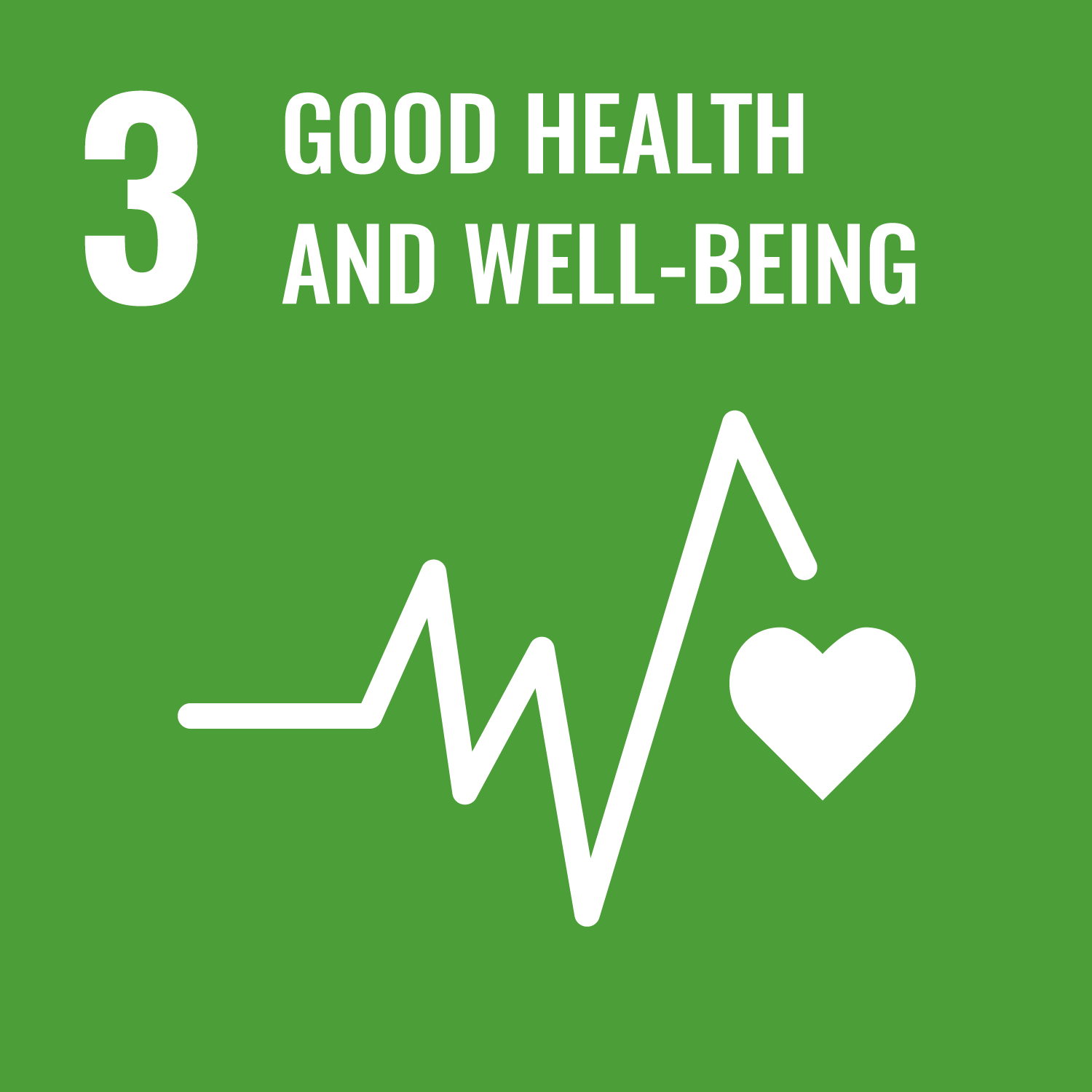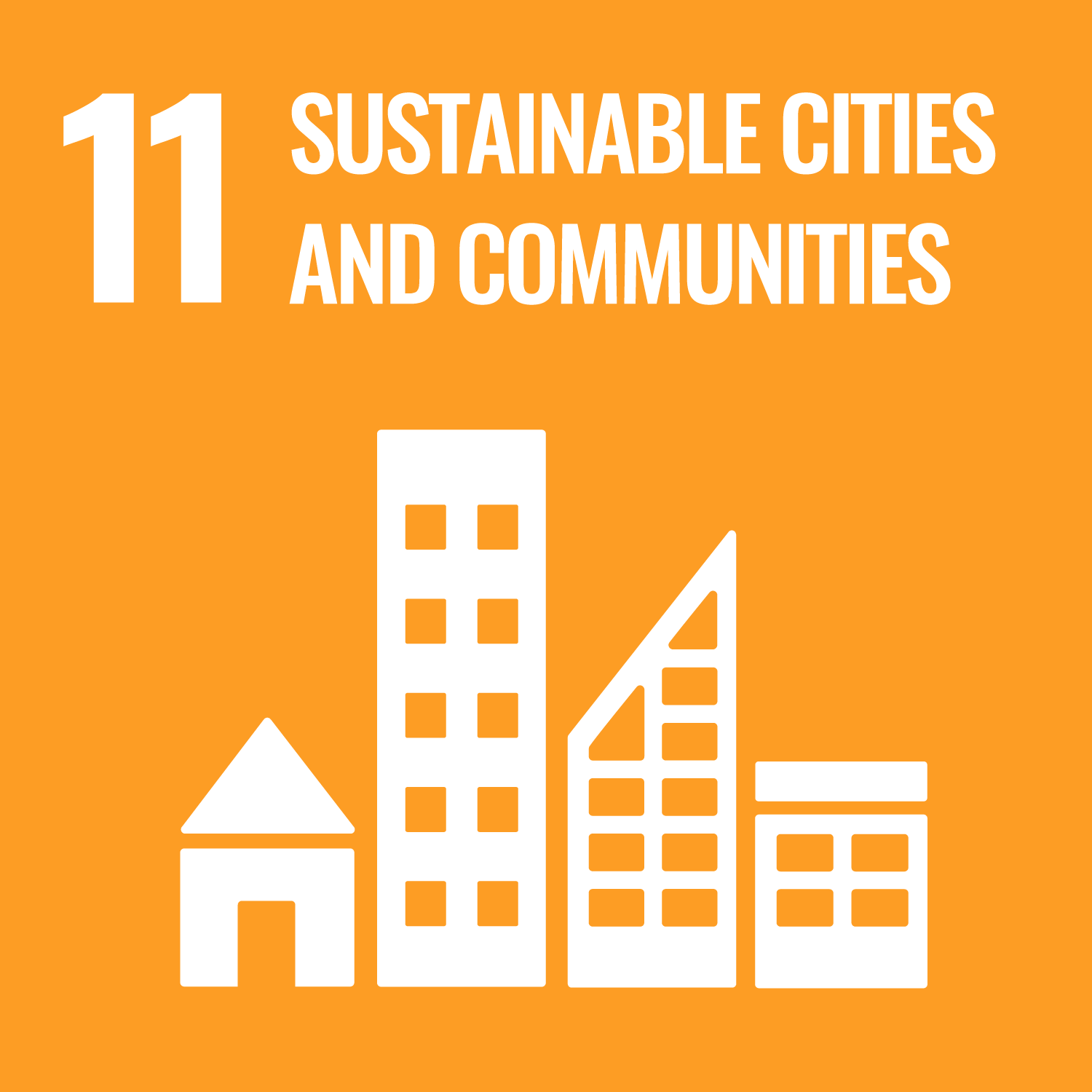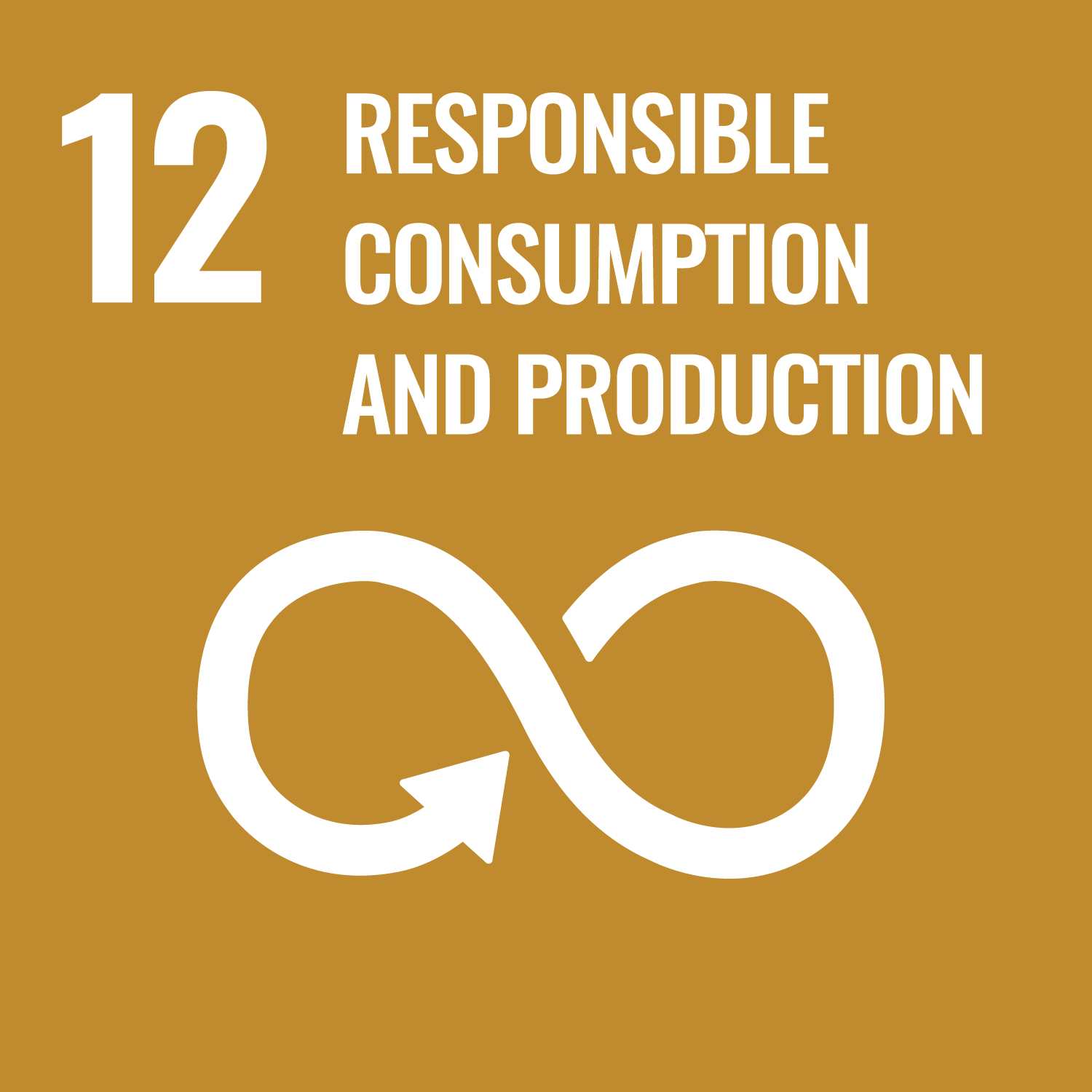Waste sector greenhouse gas emissions
Key Finding
In 2018, emissions from the waste sector contributed 2.6 million tonnes of carbon dioxide equivalent (MtCO2e), or 2% of Queensland’s total emissions. Emissions increased by 1% between 2005 and 2018, however waste emissions have fallen since 2013 due to increased capture and combustion of landfill gas.
Waste emissions include methane from the breakdown of solid wastes at a landfill, biological treatment of solid wastes, incineration and burning of waste, wastewater treatment and discharge and other sources (e.g. emissions arising from flaring of methane at a landfill site).
Emissions were 2.6 million tonnes of carbon dioxide equivalent (MtCO2e) in 2018. This represents 2% of Queensland’s total emissions.
- This compares with 3.3 MtCO2e in 1990.
- In 2005, emissions were 2.6 MtCO2e.
The main sources of waste-related emissions in 2018 are:
- landfill (solid waste disposal) (70%)
- solid waste including domestic and industrial wastewater treatment (27%).
Improvements in landfill waste treatment, due to increased capture and combustion of landfill gas, since 2015 has seen a reduction in gas emissions from this source.
The biological treatment of solid waste (2%) through processes such as windrow composting commonly used in farm scale and enclosed anaerobic digestion is an emerging treatment pathway and emissions have grown 97% since 2005 levels. Incineration and open burning of waste contributed 0.3% emissions in 2018.
Queensland has the third highest share of emissions from the waste sector behind NSW and Victoria.
More information:
Relevant Sustainable Development Goals’ targets
Proportion of waste emissions by state, 2018
- Chart
- Table
| State | Emissions (million tonnes) |
|---|---|
| New South Wales | 4.275 |
| Victoria | 2.586 |
| Queensland | 2.581 |
| Western Australia | 1.638 |
| South Australia | 0.963 |
| Tasmania | 0.354 |
| Northern Territory | 0.167 |
| Australian Capital Territory | 0.123 |
Proportion of Queensland’s waste emissions by category, 2018
- Chart
- Table
| Category | Emissions (million tonnes) |
|---|---|
| Solid waste disposal | 1.810 |
| Waste water treatment and discharge | 0.708 |
| Biological treatment of solid waste | 0.056 |
| Incineration and open burning of waste | 0.006 |
Trends in Queensland’s waste emissions, by category
- Chart
- Table
| Year | Solid waste disposal | Biological treatment of solid waste | Incineration and open burning of waste | Waste water treatment and discharge |
|---|---|---|---|---|
| 1991 | 2.421 | 0.005 | 0.028 | 0.866 |
| 1992 | 2.445 | 0.007 | 0.028 | 0.837 |
| 1993 | 2.486 | 0.008 | 0.028 | 0.808 |
| 1994 | 2.535 | 0.010 | 0.028 | 0.780 |
| 1995 | 2.493 | 0.012 | 0.028 | 0.739 |
| 1996 | 2.360 | 0.013 | 0.004 | 0.695 |
| 1997 | 2.433 | 0.015 | 0.004 | 0.658 |
| 1998 | 2.410 | 0.016 | 0.004 | 0.624 |
| 1999 | 2.377 | 0.018 | 0.004 | 0.610 |
| 2000 | 2.352 | 0.020 | 0.004 | 0.630 |
| 2001 | 2.377 | 0.021 | 0.005 | 0.668 |
| 2002 | 2.263 | 0.023 | 0.005 | 0.660 |
| 2003 | 2.051 | 0.025 | 0.005 | 0.637 |
| 2004 | 1.985 | 0.027 | 0.005 | 0.649 |
| 2005 | 1.870 | 0.029 | 0.005 | 0.654 |
| 2006 | 1.801 | 0.031 | 0.005 | 0.662 |
| 2007 | 2.080 | 0.033 | 0.005 | 0.677 |
| 2008 | 2.214 | 0.036 | 0.006 | 0.680 |
| 2009 | 2.381 | 0.038 | 0.006 | 0.741 |
| 2010 | 2.398 | 0.043 | 0.006 | 0.711 |
| 2011 | 2.524 | 0.050 | 0.006 | 0.661 |
| 2012 | 2.022 | 0.051 | 0.006 | 0.714 |
| 2013 | 2.180 | 0.052 | 0.006 | 0.779 |
| 2014 | 2.048 | 0.053 | 0.006 | 0.755 |
| 2015 | 2.143 | 0.053 | 0.006 | 0.677 |
| 2016 | 2.128 | 0.055 | 0.006 | 0.708 |
| 2017 | 1.983 | 0.055 | 0.006 | 0.690 |
| 2018 | 1.810 | 0.056 | 0.006 | 0.708 |
Queensland’s total waste emissions
| Year | Emissions (million tonnes) |
|---|---|
| 1991 | 3.320 |
| 1992 | 3.317 |
| 1993 | 3.331 |
| 1994 | 3.353 |
| 1995 | 3.272 |
| 1996 | 3.072 |
| 1997 | 3.110 |
| 1998 | 3.055 |
| 1999 | 3.010 |
| 2000 | 3.007 |
| 2001 | 3.071 |
| 2002 | 2.951 |
| 2003 | 2.718 |
| 2004 | 2.665 |
| 2005 | 2.559 |
| 2006 | 2.500 |
| 2007 | 2.795 |
| 2008 | 2.935 |
| 2009 | 3.165 |
| 2010 | 3.157 |
| 2011 | 3.241 |
| 2012 | 2.793 |
| 2013 | 3.017 |
| 2014 | 2.861 |
| 2015 | 2.880 |
| 2016 | 2.897 |
| 2017 | 2.735 |
| 2018 | 2.581 |
Download data from Queensland Government Open Data Portal
Metadata
Queensland annual greenhouse gas emissions in millions of tonnes carbon dioxide equivalent from 1990–2018 by waste sector. Source: Australian Greenhouse Emissions Information System, Department of Industry, Science, Energy and Resources.








